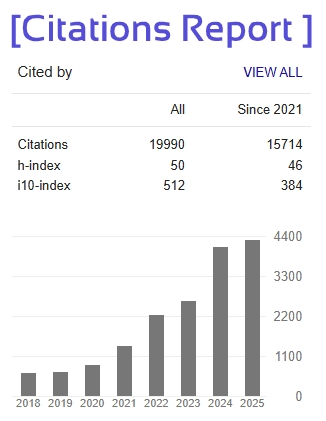Non-Invasive Technique for Fingerprint Based Blood Group Identification
Varshith M
Student, Dept of CSE,
S.E.A College of Engineering & Technology
Bhavani V
Student, Dept of CSE,
S.E.A College of Engineering & Technology
Dr Balaji S
Assistant Professor Dept of CSE
S.E.A College of Engineering & Technology
Umme Saira Z
Student, Dept of CSE,
S.E.A College of Engineering & Technology
Dr Krishna Kumar P R
Professor Dept of CSE
S.E.A College of Engineering & Technology
Usha M M
Student, Dept of CSE,
S.E.A College of Engineering & Technology
ABSTRACT:
This work delves into the development of a novel,non-invasive method for determining blood groups using fingerprint analysis. Traditional blood group testing methods, such as blood sampling, are invasive, time- consuming, and requires pecialized equipment. In contrast, our approach utilizes image processing techniques to analyze the unique patterns present in fingerprints, aiming to accurately predict an individual’s blood type without the need for direct blood contact. The methodology begins with the acquisition of high-resolution fingerprint images, which are then processed through a series of image enhancement and normalization steps to ensure consistent quality. Feature extraction techniques are employed to identify distinctive patterns and characteristics in the fingerprints that correlate with specific blood groups. These extracted features are subsequently fed into advanced classification algorithms, such as Convolutional Neural Networks (CNNs), which are trained to recognize and classify the fingerprint data into one of the primary blood groups: A, B, AB, and O, with both positive and negative Rh factors. Through extensive training and validation, the classification model achieved a training accuracy of 99.47% and a validation accuracy of 80%, demonstrating its robustness and reliability. Additionally, the model achieves high F1-scores across most blood groups, with an average F1-score of 0.83, highlighting its precision and recall balance. Compared to traditional blood testing methods, this approach offers a faster, cost-effective, and painless alternative, achieving comparable accuracy while significantly reducing time and costs. This work leverages state of-the-art machine learning and image processing methods, optimizing accuracy and reliability by utilizing a large dataset of labeled fingerprint images. By eliminating the need for invasive procedures, this work aims to enhance patient comfort, reduce the risk of infection, and streamline the process of blood group identification in emergency medical care, blood donation drives, and routine clinical use.







